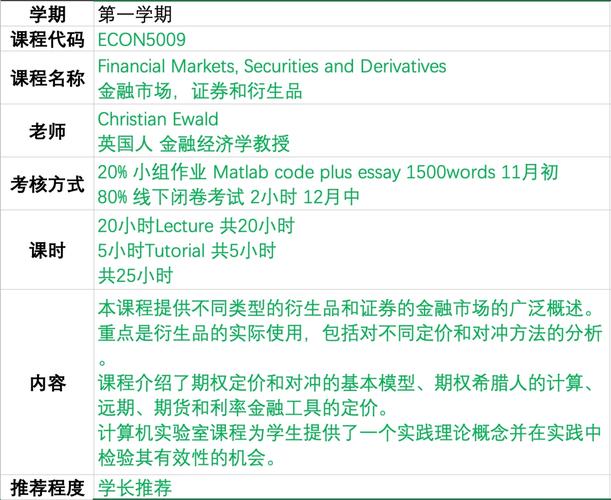Analysis of Return on Investment (ROI): Understanding Investment Yields
 summary:
This analysis focuses on understanding return on investment (ROI) and investment yields. I...
summary:
This analysis focuses on understanding return on investment (ROI) and investment yields. I... This analysis focuses on understanding return on investment (ROI) and investment yields. It examines the efficiency of investments by considering the profits generated in comparison to the initial investment amount. The analysis aims to help investors make informed decisions and understand the potential risks and benefits of different investments.
In the realm of finance and investing, return on investment (ROI) is a fundamental metric used to evaluate the performance of an investment or a business. It quantifies the efficiency of using funds to generate profits or cash flow. Understanding ROI and its analysis is crucial for making informed investment decisions.
What is Return on Investment (ROI)?
ROI is a financial ratio that measures the profitability of an investment relative to the cost of the investment. It is calculated by dividing the gain from an investment (usually expressed as net income or profit) by the initial cost of the investment. ROI provides investors with a clear picture of how well their investments are performing and whether they are achieving their expected returns.
How to Calculate ROI?
ROI can be calculated using the following formula:
ROI = (Net Profit / Initial Investment Cost) x 100
Net profit refers to the total amount of money earned after subtracting all expenses from the revenue generated by the investment. The initial investment cost is the amount of money invested in the beginning. The result of this calculation is expressed as a percentage, which indicates the rate of return on the investment.
Types of ROI Analysis
1、Historical ROI Analysis: This analysis focuses on reviewing past ROI performance to identify patterns and trends. It helps investors understand how their investments have performed over time and identify opportunities for improvement.
2、Comparative ROI Analysis: In this analysis, investors compare the ROI of different investments to determine which ones offer higher returns. This helps them make decisions about allocating funds and diversifying their portfolios.
3、Projected ROI Analysis: This type of analysis involves estimating future ROI based on assumptions about market conditions, growth rates, and other factors. It helps investors evaluate potential investments and make strategic decisions about their investment plans.
Factors Affecting ROI
1、Risk: The level of risk associated with an investment directly affects its ROI. Higher risks usually translate into higher returns, but also come with a greater chance of losing the invested capital.
2、Market Conditions: Market conditions, such as economic growth, interest rates, inflation, and competition, impact the performance of investments and consequently, their ROI.
3、Management Efficiency: The ability of management to effectively run the business and make profitable decisions is a crucial factor affecting ROI.
4、Industry Trends: Changes in industry trends, such as technological advancements or shifts in consumer behavior, can significantly impact the performance of investments within a particular industry.
How to Improve ROI?
1、Diversification: Spreading investments across different asset classes, industries, and regions helps reduce risk and enhance overall returns.
2、Research and Analysis: Conducting thorough research and analysis of potential investments helps investors make informed decisions and identify investments with higher ROI potential.
3、Long-term Investment Perspective: Focusing on long-term investment strategies rather than short-term gains can help investors achieve higher returns over time.
4、Active Management: Actively managing investments, including monitoring market conditions and making timely adjustments to investment strategies, can significantly improve ROI.
In conclusion, understanding and analyzing ROI is essential for making effective investment decisions. By considering historical performance, comparing different investments, and estimating future returns, investors can make informed choices that align with their investment objectives and risk tolerance. Additionally, factors such as risk, market conditions, management efficiency, and industry trends should be considered in evaluating potential investments. To improve ROI, investors can adopt strategies like diversification, research and analysis, long-term investment perspective, and active management.

